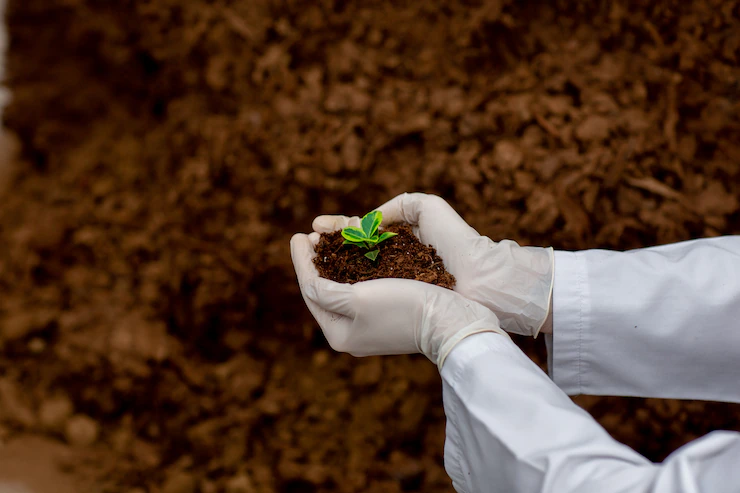Enhancing soil microbial diversity and health in farming systems is essential for promoting sustainable agriculture and ensuring long-term soil fertility. Soil microorganisms play critical roles in nutrient cycling, organic matter decomposition, disease suppression, and overall soil ecosystem functioning. Here are some strategies to enhance soil microbial diversity and health in farming systems:
- Crop Rotation: Implementing a diverse crop rotation system helps to diversify the types of organic matter inputs and root exudates, which support a wide range of beneficial microorganisms. Different crops have distinct root systems, releasing different types and quantities of organic compounds, thus attracting and supporting various microbial communities.
- Cover Crops: Planting cover crops during fallow periods or between cash crops can improve soil microbial diversity. Cover crops provide additional organic matter, prevent soil erosion, and promote microbial activity throughout the year. Leguminous cover crops, such as clover or vetch, can also fix atmospheric nitrogen, benefiting both the soil and subsequent crops.
- Organic Amendments: Applying organic amendments, such as compost, manure, or biochar, can enhance soil microbial diversity and activity. These amendments provide a rich source of organic matter, nutrients, and beneficial microorganisms that contribute to the overall health of the soil ecosystem.
- Reduced Tillage: Reducing or minimizing tillage practices can help preserve the structure and microbial communities within the soil. Excessive or frequent tillage disrupts the soil structure and can negatively impact microbial diversity. Adopting conservation tillage or no-till practices helps maintain soil aggregates, organic matter content, and microbial populations.
- Minimize Chemical Inputs: Reducing the use of synthetic fertilizers, pesticides, and herbicides can promote soil microbial diversity. Excessive chemical inputs can be detrimental to beneficial soil microorganisms while favoring the growth of certain pathogenic or detrimental species. Integrated Pest Management (IPM) techniques can be employed to minimize chemical use and rely more on natural pest control mechanisms.
- Incorporate Crop Residues: Leaving crop residues on the soil surface or incorporating them into the soil after harvest provides a valuable source of organic matter for microbial decomposition. This practice enriches the microbial community and stimulates nutrient cycling processes.
- Conservation of Soil Moisture: Maintaining adequate soil moisture levels through practices like mulching, irrigation management, or water-conserving techniques supports microbial activity. Microorganisms require moisture for their metabolic processes and survival. Proper moisture management ensures a conducive environment for microbial growth and diversity.
- Biodiversity Promotion: Encouraging biodiversity within and around farming systems can have positive effects on soil microbial diversity. Planting hedgerows, maintaining buffer zones, and creating wildlife habitats can foster a diverse array of organisms, including beneficial soil microorganisms.
- Avoid Soil Compaction: Preventing soil compaction is crucial for maintaining healthy soil microbial communities. Compacted soils restrict air and water movement, which can hinder microbial activity. Employing practices like controlled traffic farming, using appropriate machinery, and avoiding excessive traffic on wet soils helps mitigate compaction.
- Continuous Learning and Monitoring: Regular soil testing, microbial analysis, and monitoring of soil health parameters provide valuable insights into the microbial community dynamics. Understanding the specific microbial needs and responses within the farming system allows for targeted management practices and adjustments to optimize soil microbial diversity and health.
By implementing these strategies, farmers can enhance soil microbial diversity and health, leading to improved nutrient cycling, enhanced soil structure, better water-holding capacity, and increased overall agricultural productivity in a sustainable manner.
Join 'Farmers Mag' WhatsApp Channel
Get the latest Farming news and tips delivered straight to your WhatsApp
CLICK HERE TO JOIN






